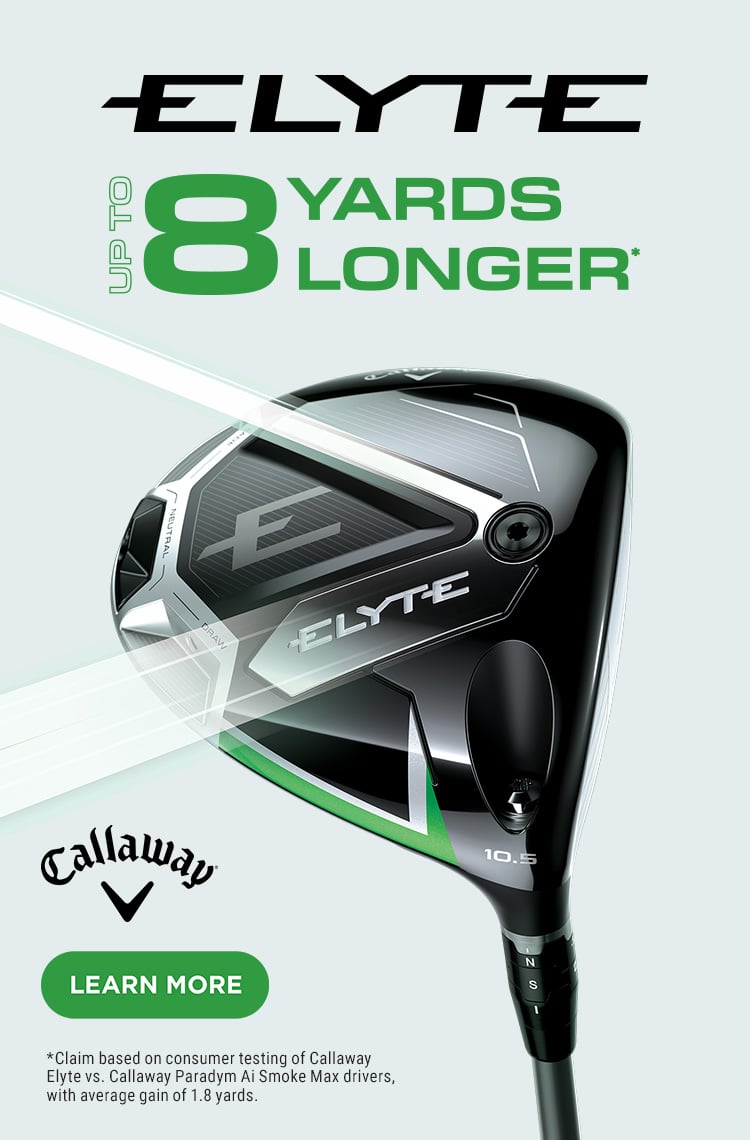WHAT YOU NEED TO KNOW: The Titleist Scotty Cameron Studio Style line-up, the most extensive launch of the legendary putter maker’s collection of classic milled putters since its inception two decades ago, employs a carbon-steel face insert that features a chain-link milling pattern and a durable nickel plating to improve and maintain soft feel. The 12-model line-up includes blades milled from 303 stainless-steel and half-mallets milled from 6061 aircraft-grade aluminium.
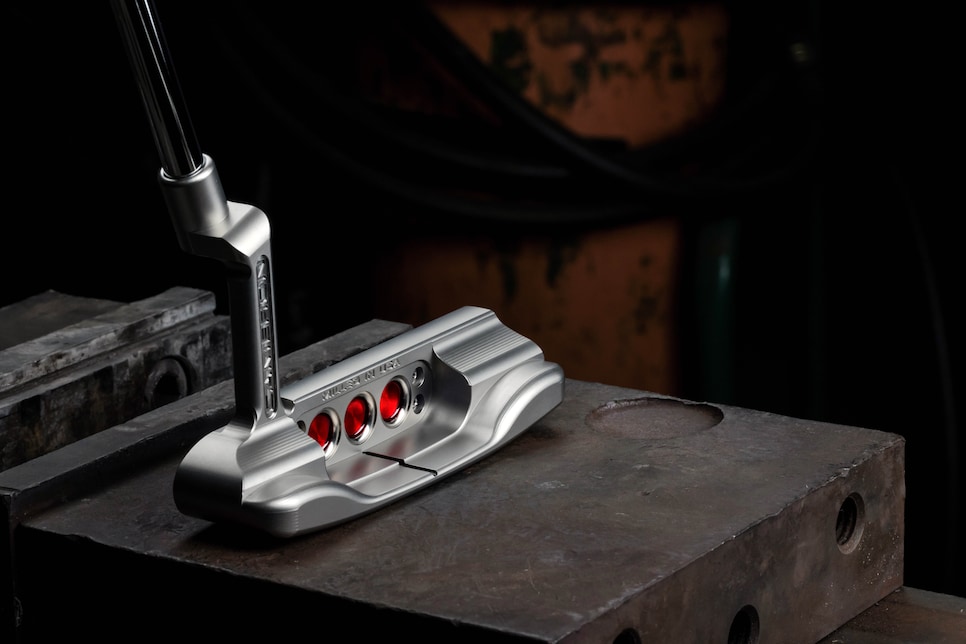
PRICE & AVAILABILITY: $829 ($NZ899) and $899 ($NZ999) for Long Design models. Models: Newport, Newport Plus, Newport 2, Newport 2 Plus, Newport 2.5 Plus, Squareback, Squareback 2, Squareback 2 Long Design, Catalina, Fastback, Fastback Long Design, Fastback 1.5. Lengths: 33-35, 38 inches. At retail across Australia and New Zealand from March 14.
3 Cool Things 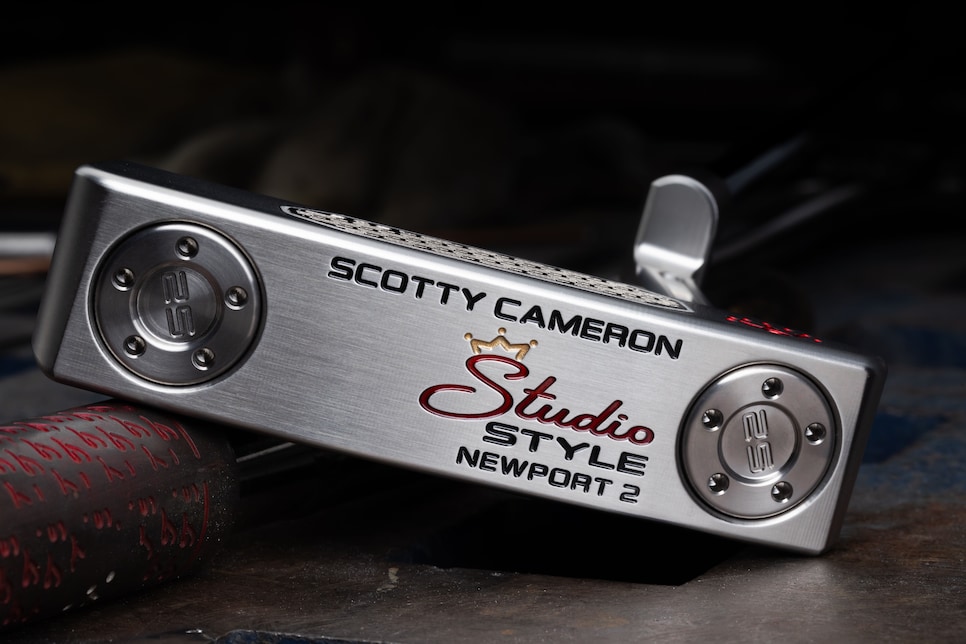
1. Steel feels. When Cameron debuted his Studio Style line in 2005, it was noteworthy for its insert made of German Stainless Steel as Cameron’s first use of multiple materials in a search for softer feel. Another metal that has been a favorite in Cameron’s milled putters has been carbon steel, which attracts players for its softness and several notable putters like Jordan Spieth have always putted with a carbon-steel putter. The problem with carbon steel has been its durability and tendency to corrode. That made it a problem not only for making full putters but even attempting an insert, as well.
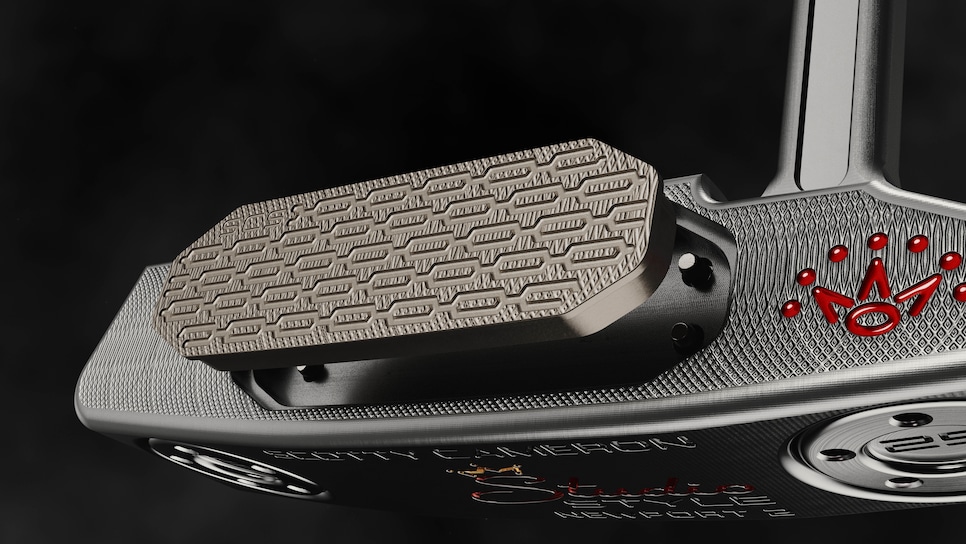
But the 2025 Studio Style lines embraces a new way of thinking about that soft carbon-steel insert. That includes an electroless nickel plating designed to preserve softness while significantly improving durability and improving manufacturing efficiency and consistency.
“When we started looking at the literature about the various alloys, there was a lot of research on the damping capacities of different metals, the metal’s ability to absorb the vibration of impacts,” said Austie Rollinson, Titleist’s senior director of putter research and development. “You can see that something like teryllium [a copper alloy formerly used in Cameron putters] is pretty good, titanium and aluminium are about the same, but when looking at carbon steel, it was even better in terms of absorbing and damping out those vibrations. So we decided to really lean in on that.”
The plating process maintains the soft feel, and the insert is fixed to the stainless-steel body with both screws and what Titleist calls “an aerospace-inspired vibration material” as well as a second damping compound wraps around the insert. Throughout, the overwhelming directive appears to be feel focused, Rollinson said, noting that there’s an increasing sense particularly from younger players on tour today for a softer feel than the traditional Super Select introduced two years ago.
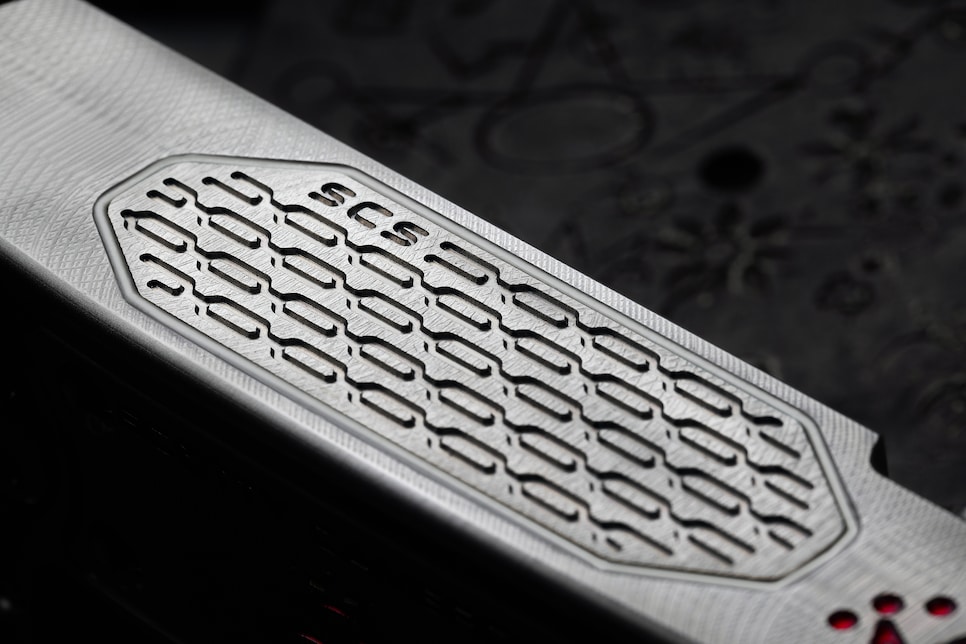
2. Chain agent. Another dramatic shift for a Cameron putter and that insert is the chain-link milling pattern. The inspiration came from the chain-link pattern on the grips for the Phantom line of putters, as well as a grill pattern Cameron, a noted car afficionado, saw on the Audi RS Avant. Of course, it wasn’t just imagery Cameron was after, it was an actual affect on feel and roll.
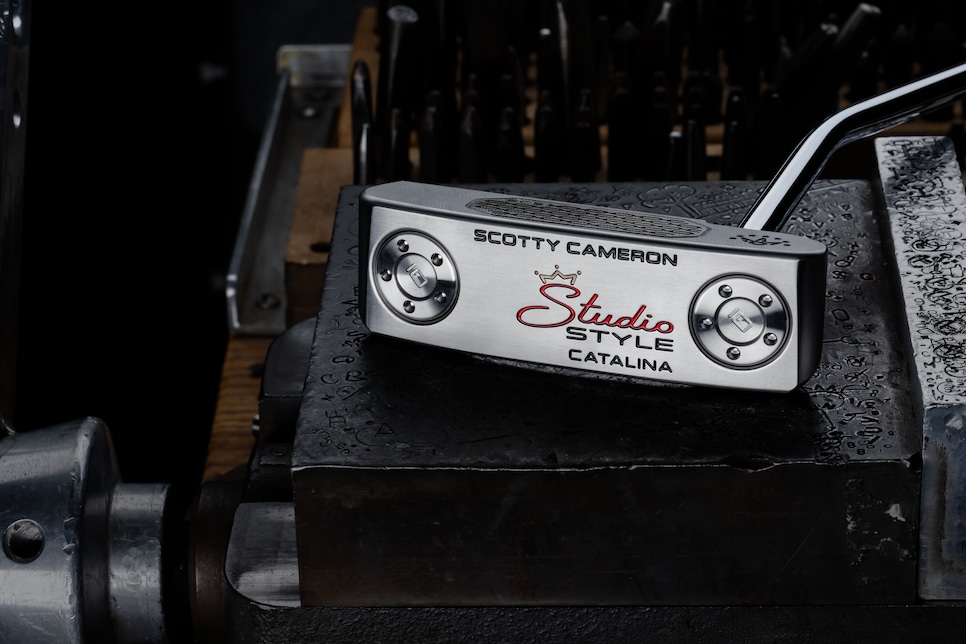
“We really worked a lot on how thick and thin we wanted to go with that pattern,” Rollinson said, noting that the rules limit how sharp edges can be on a putterface. “If you get it going too thick, those little islands inside start getting thinner, and they start getting sharp. So we worked really hard on just getting the right balance of sound and feel.
“And we’ve done a bunch of robot testing to get it consistent from side to side and get consistent sound and launch.”
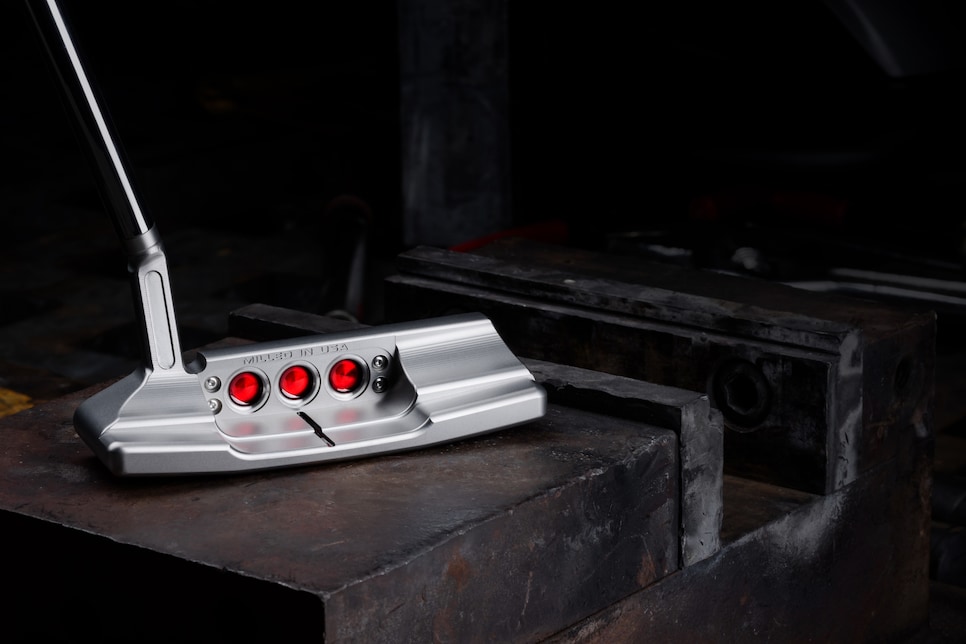
3. Same feel, different looks. The 12-model line-up, all of which include the same carbon-steel face insert, sports many of the familiar favourites, a throwback style and a couple of reimagined and recast mid-mallets. There are five versions of the familiar heel-toe weighted cavity blade, the more rounded Newport and wider Newport Plus and the more angular Newport 2 and Newport 2 plus and the jet-necked, wider Newport 2.5 Plus. The Plus versions again feature the weight-saving aluminium sole plate, and all models incorporate tungsten heel and toe weights to dial in the right head weight for the corresponding shaft length and player preference.
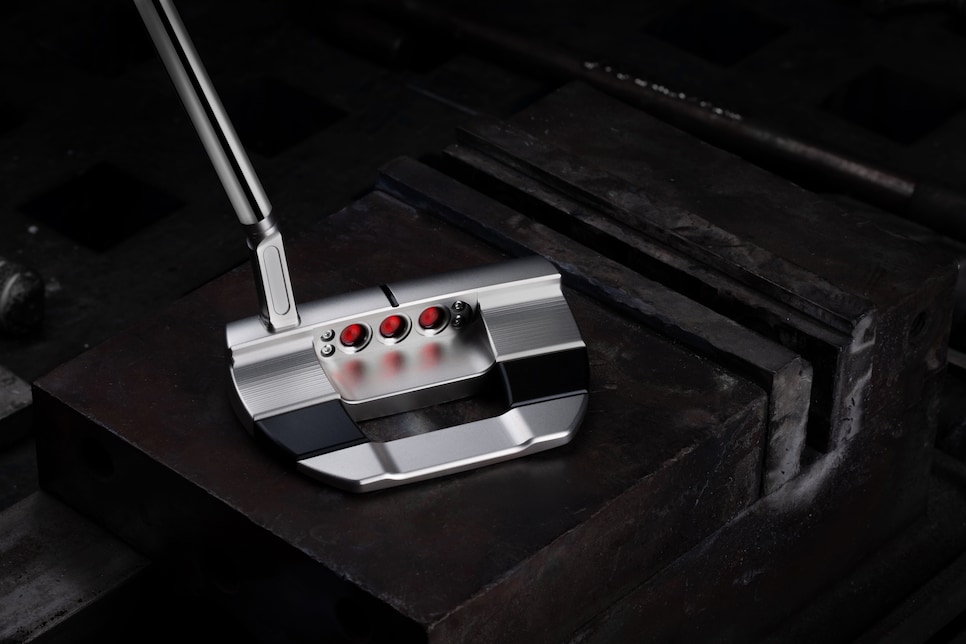
The widebody, mid-mallet Squareback and Fastback versions, milled from 6061 aluminium, get a complete overhaul that includes contrasting aiming lines and rear window opening in the back flange to push the centre of gravity slightly deeper for improved stability on off-centre hits (6-8 percent greater moment of inertia, compared to their predecessors, Rollinson says). The alignment feature has clearly been a trend on tour, he said.
“Taking that weight out of the centre lets us get them a little larger and get more forgiveness, and then by putting that contrast between the front blade and the back blade is really creating another alignment feature,” Rollinson said, referencing work done by Cameron’s director of tour fitting, Paul Vizanko.
“What we found with some of the players that we’ve worked with is how much of a benefit it is and how players like keeping that line square as it kind of goes through impact, so keeping that face square longer by visualising that back blade basically hitting the back of the ball and so it’s a really cool visual.”
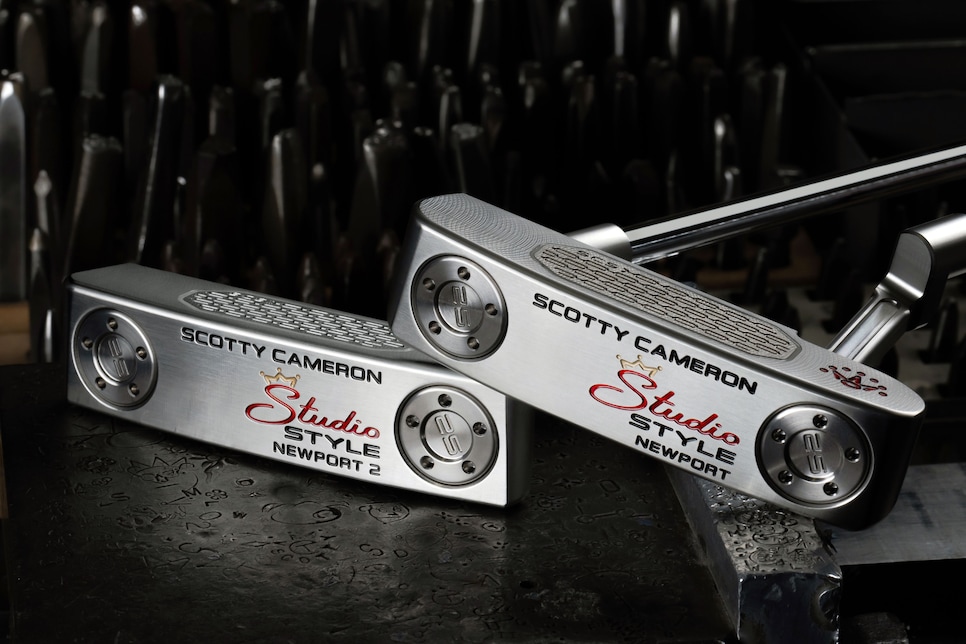
The Studio Style line also brings back the Catalina name, a favourite of Cameron fans from the early days. This higher MOI blade shape features a single-bend shaft for near face-balanced heft and control to better align with straighter strokes.
The Long Design models (Fastback and Squareback 2) include 25-gram heel and toe sole weights, a 17-inch grip and a stiffer, heavier mid-bend shaft, all towards quieting a player’s hands in the stroke.




